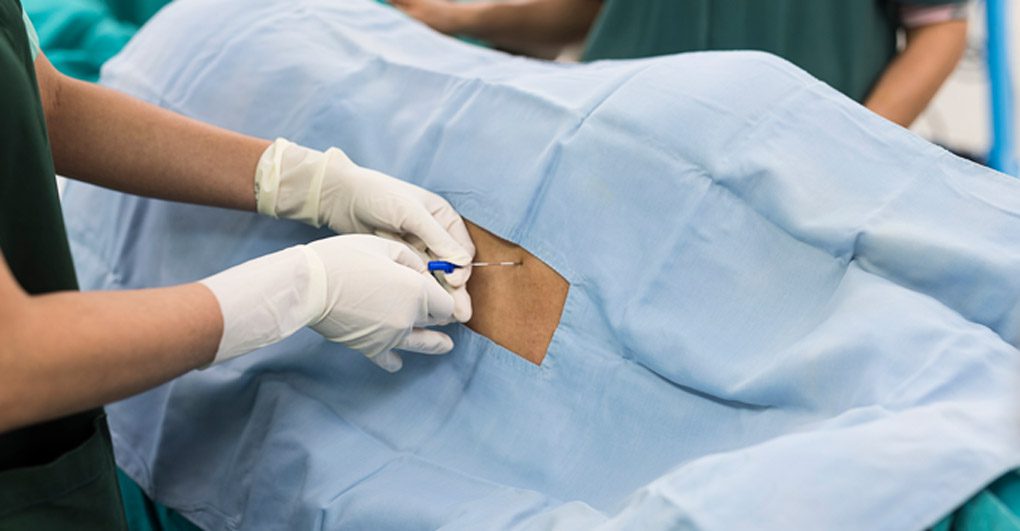Soft tissue injections in San Antonio are done to relieve pain caused by car accident injuries.
Cortisone Injections
One type of soft tissue injection is a cortisone shot, which can help relieve pain and inflammation in a specific area of the body. Cortisone shots are typically injected into joints — such as the ankle, elbow, hip, knee, shoulder, spine, wrist, hands, or feet.
The injection typically contains a corticosteroid medication and a local anesthetic administered at a doctor’s office. To reduce the risk of side effects, there is a limit to how many shots patients can get in one year.


Who Needs Soft Tissue Injections in San Antonio?
Cortisone shots may help treat the following symptoms and conditions:
- Back pain
- Bursitis
- Gout
- Osteoarthritis
- Psoriatic arthritis
- Reactive arthritis
- Rheumatoid arthritis
- Tendinitis
Potential Risks
The risk of side effects increase with larger doses and repeated use. Patients should be aware of the following risks of cortisone shots:
- Nerve damage
- Cartilage damage
- Thinning of nearby bone (osteoporosis)
- Death of nearby bone
- Joint infection
- Temporary facial flushing
- Temporary pain and inflammation in the joint
- Temporary increase in blood sugar
- Tendon weakening or rupture
- Thinning of skin and soft tissue around the injection site
- Whitening or lightening of the skin around the injection site
Doctors typically limit the number of cortisone shots into a joint to no more than one cortisone injection in a six week period or three or four shots per year.

How to Prepare
Patients taking blood thinners will need to stop taking them for several days before the cortisone shot to reduce the risk of bleeding or bruising. It’s important to ask the doctor what medications and supplements should be avoided.
What to Expect During Cortisone Injection
Patients may be asked to change into a gown after which they’ll be positioned so that the doctor can easily insert the needle.
Once the injection site is cleaned, the doctor might also apply an anesthetic spray to numb the area. In some cases, the doctor may need to use an ultrasound or a type of X-ray called fluoroscopy to guide the needle to the right spot.
Patients may feel some pressure when the needle is inserted, but should not experience any discomfort.
The medication, which may include a corticosteroid medication to relieve pain and inflammation over time and an anesthetic to provide immediate pain relief, will be released into the injection site.
Recovery Process
Some patients may experience redness and a feeling of warmth of the chest and face after a cortisone shot. Patients with diabetes may experience a temporary spike in blood sugar levels.
After the cortisone shot, the doctor may ask patients to:
- Protect the injection area for a few days. For example, patients who received a cortisone shot in their shoulder should avoid heavy lifting. Patients who received a cortisone shot in the knee should avoid or minimize walking.
- Apply ice to the injection site and avoid using heating pads.
- Avoid using a bathtub, hot tub, or whirlpool for two days. Patients may shower.
- Be on the lookout for signs of infection, including increasing pain, redness, and swelling that last more than 48 hours.
Treatment Results of Soft Tissue Injections in San Antonio
Results of cortisone shots typically depend on the condition being treated. Cortisone shots may cause a temporary increase in pain and inflammation for up to 48 hours after the injection. After that, pain and inflammation of the affected joint should decrease, potentially lasting up to several months.
